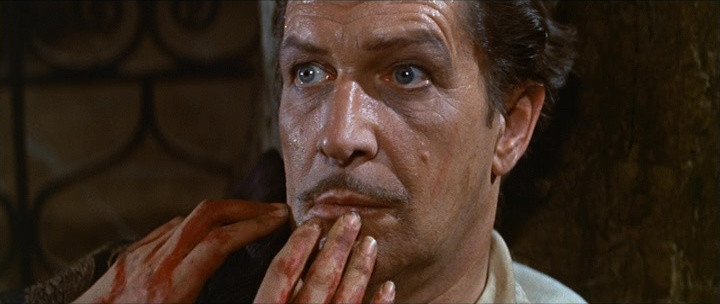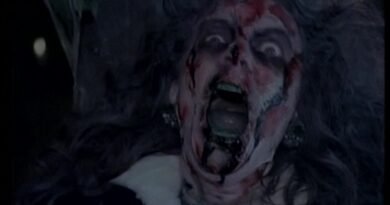The Pit and the Pendulum (1961) Review: Vincent Price Shines in a Gothic Horror Masterpiece
Title:
The Pit and the Pendulum (1961)
Writer(s):
Richard Matheson, based on the short story by Edgar Allan Poe
Director:
Roger Corman
Main Cast: Actor (Character):
Vincent Price (Nicholas Medina), Barbara Steele (Elizabeth Medina), John Kerr (Francis Barnard), Luana Anders (Catherine Medina), Antony Carbone (Dr. Leon)
Synopsis
Set in 16th-century Spain, The Pit and the Pendulum follows Francis Barnard as he visits the gloomy castle of his late sister Elizabeth’s husband, Nicholas Medina. There, Francis becomes entangled in a web of grief, madness, and horror as Nicholas succumbs to the haunting memories of his father’s sadistic torture chamber. When strange occurrences suggest that Elizabeth may not be dead after all, the story spirals into a gothic nightmare culminating in one of cinema’s most iconic torture scenes.
What Works
Roger Corman’s The Pit and the Pendulum is a masterclass in atmosphere and gothic storytelling. Drawing inspiration from Poe’s short story, screenwriter Richard Matheson expands the tale into a full-blooded psychological horror that blends tragedy, madness, and dread with elegant precision.
Vincent Price delivers one of his most memorable performances, capturing Nicholas’s descent from grief to insanity with theatrical flair and emotional depth. His expressive face and voice command every scene, turning what could have been melodrama into high art. The supporting cast, especially Barbara Steele and John Kerr, complement Price’s intensity with understated menace and conviction.
The film’s production design is a highlight—lush, shadow-drenched sets, rich colour palettes, and eerie castle interiors create an immersive gothic world. Floyd Crosby’s cinematography enhances the mood with sweeping camera movements and moody lighting, while Les Baxter’s haunting score underscores the film’s tone of decaying grandeur.
The climactic pendulum sequence remains one of horror cinema’s most enduring images—a chilling combination of visual ingenuity and psychological terror. Corman’s direction here is both stylish and economical, proving how atmosphere and suggestion can be more terrifying than gore.
What Doesn’t Work
While beautifully executed, The Pit and the Pendulum does occasionally indulge in its own melodrama. Some of the dialogue feels dated, and pacing in the middle section can drag for viewers accustomed to modern horror’s faster rhythms. The film’s theatrical style may also alienate audiences who prefer realism over gothic excess.
Additionally, while the film borrows heavily from Poe’s themes, it takes creative liberties with the source material, which might disappoint purists seeking a faithful adaptation.
Final Thoughts: Does It Hold Up?
Absolutely. The Pit and the Pendulum remains one of the finest examples of 1960s gothic horror and a shining achievement of Roger Corman’s Poe cycle. Its blend of atmosphere, tragedy, and terror ensures it continues to resonate with horror fans more than six decades later. Vincent Price’s performance alone makes it essential viewing.
Who Would Enjoy This Episode?
- Fans of classic gothic horror.
- Admirers of Vincent Price and Roger Corman’s Poe adaptations.
- Viewers who appreciate atmospheric, psychological terror over gore.
- Students of classic cinema and horror history.
Who Might Not Enjoy It?
- Audiences looking for fast-paced or modern horror.
- Viewers who dislike theatrical performances or period settings.
- Those expecting a direct, literal adaptation of Poe’s short story.
Final Verdict
The Pit and the Pendulum (1961) is a timeless gothic masterpiece—visually rich, emotionally intense, and hauntingly beautiful. With Vincent Price at his best and Roger Corman’s flair for atmosphere, it stands as one of the definitive horror films of its era.




